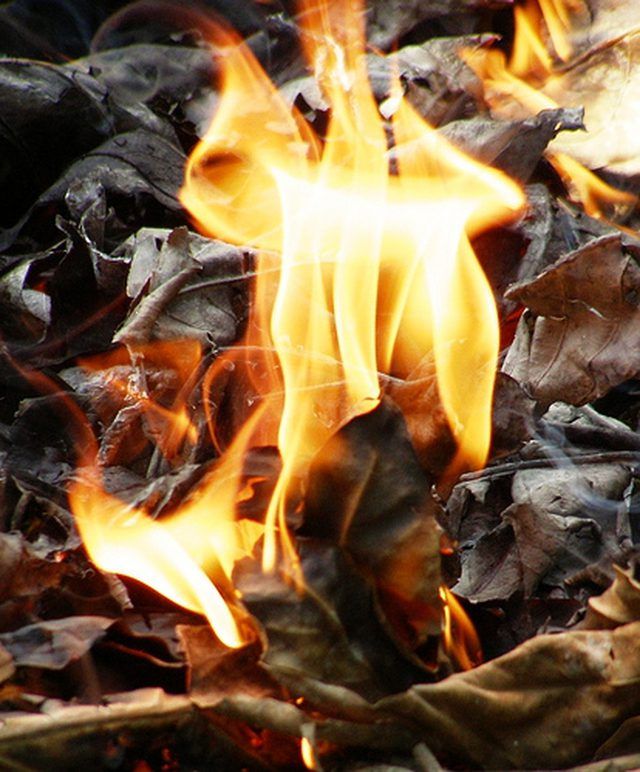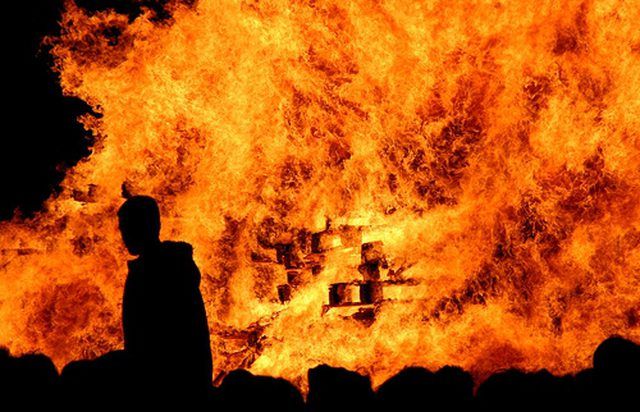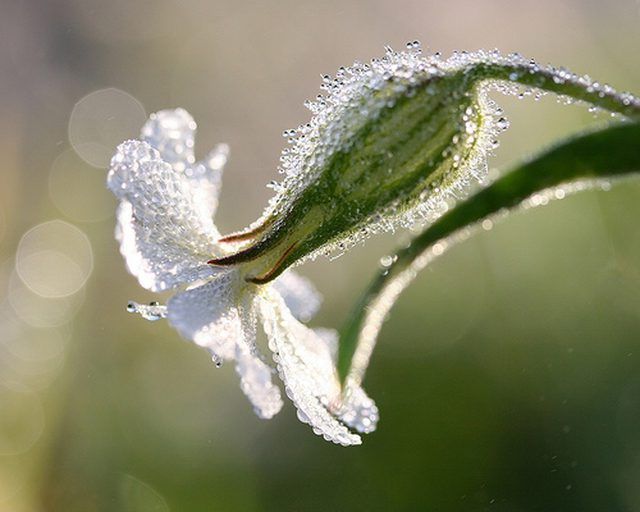Bulbs
Flower Basics
Flower Beds & Specialty Gardens
Flower Garden
Garden Furniture
Garden Gnomes
Garden Seeds
Garden Sheds
Garden Statues
Garden Tools & Supplies
Gardening Basics
Green & Organic
Groundcovers & Vines
Growing Annuals
Growing Basil
Growing Beans
Growing Berries
Growing Blueberries
Growing Cactus
Growing Corn
Growing Cotton
Growing Edibles
Growing Flowers
Growing Garlic
Growing Grapes
Growing Grass
Growing Herbs
Growing Jasmine
Growing Mint
Growing Mushrooms
Orchids
Growing Peanuts
Growing Perennials
Growing Plants
Growing Rosemary
Growing Roses
Growing Strawberries
Growing Sunflowers
Growing Thyme
Growing Tomatoes
Growing Tulips
Growing Vegetables
Herb Basics
Herb Garden
Indoor Growing
Landscaping Basics
Landscaping Patios
Landscaping Plants
Landscaping Shrubs
Landscaping Trees
Landscaping Walks & Pathways
Lawn Basics
Lawn Maintenance
Lawn Mowers
Lawn Ornaments
Lawn Planting
Lawn Tools
Outdoor Growing
Overall Landscape Planning
Pests, Weeds & Problems
Plant Basics
Rock Garden
Rose Garden
Shrubs
Soil
Specialty Gardens
Trees
Vegetable Garden
Yard Maintenance
The Advantages of Frequent Burning as a Weed Control Measure
The Advantages of Frequent Burning as a Weed Control Measure. The area of land, the climate, local regulations and laws, and the type of weeds you are trying to control will determine the advantages that may be obtained by using the method of frequent burning as a weed control measure. Frequent burning will reduce new seed development in flowering...

The area of land, the climate, local regulations and laws, and the type of weeds you are trying to control will determine the advantages that may be obtained by using the method of frequent burning as a weed control measure. Frequent burning will reduce new seed development in flowering plants. Burning may also kill the weed root. Depending on the weed variety, after burning, the weed root may survive.
Flame Weeding
A portable flame thrower can be used when weed seedlings are just breaking through the ground. At this stage, the weeds are at their most vulnerable phase. This process is time-consuming and dangerous if not done properly. There are many varieties of weeds, and they germinate at different times of the year. This can be done frequently, as soon as new weed seedlings have three to five leaves.

Controlled Burn
A controlled burn on a large area of land should be planned when danger of the fire spreading due to drought or windy conditions is at a minimum. Timing the controlled burn should coincide with the pre-emergence of the flowering weed dropping seeds. There must be enough dry grass, or matter, in the area to be burned in order to carry the fire. If the weeds are green, or the area around the weeds is green, the controlled burn won't be effective, and another controlled burn will have to be planned.

Searing Weeds
Searing weeds with intense heat will kill the area of the plant that has already broken through the earth's surface. This method can be done with a portable propane burner. A problem of frequent use of this method is that it may create more weeds. Many weeds have a hard seed shell and lay dormant in the ground until they are forcefully broken open. This force can come from tillage or extreme heat.
Repopulation
In nature, plant species, which includes weeds, adapt in order to guarantee the species' survival. Frequent burning may cause a reaction in the weeds, whether germinating or in a dormant stage under the ground, to develop a new means of survival. Frequent burning could force the weeds to develop a stronger, deeper underground structure. The top of the weeds would be destroyed, but the underground structure continues to live while becoming stronger, and produces more seeds that are harder to destroy.

Precautions
Before using a burning method of weed control, check with your fire department for regulations and permits that may be required, and what conditions must be met. Burn bans are often in effect during the summer months.
